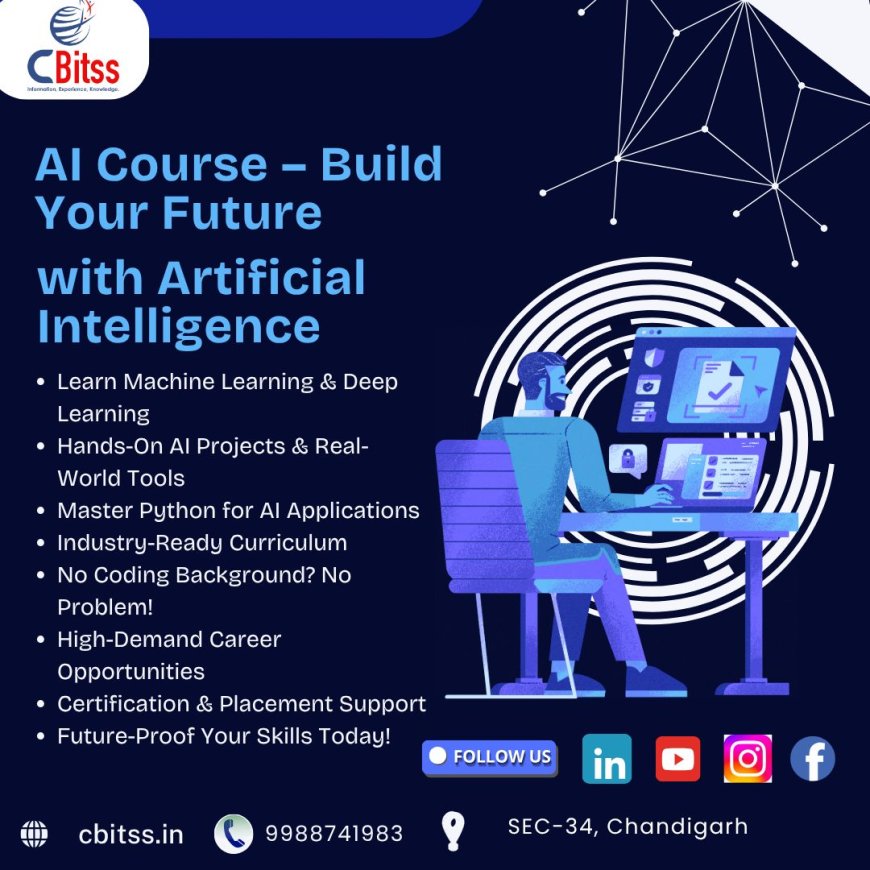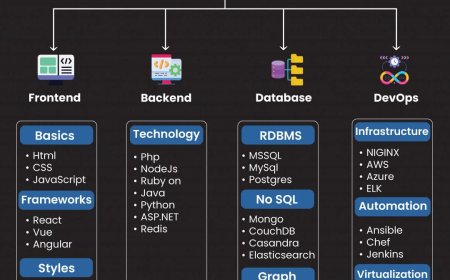The Future of Learning: How AI Is Reshaping Education
Discover how artificial intelligence is transforming modern education through personalized learning, intelligent tutoring systems, and automated assessments—reshaping the classroom of tomorrow. Artificial Intelligence (AI) is not just a buzzword—it’s revolutionizing education at every level. From adaptive learning platforms and AI-powered tutors to smart classrooms and real-time performance analytics, AI is enhancing the way students learn and educators teach. This blog explores how AI is creating personalized, efficient, and inclusive learning experiences, and what this means for the future of global education.

Introduction
Artificial Intelligence (AI) is no longer just a subject taught in classroomsits becoming the technology transforming the classroom itself. From personalized lesson plans to AI tutors that never sleep, artificial intelligence is revolutionizing how we learn, teach, and think about education.In this blog, we explore how AI is reshaping education as we know itand what it means for students, teachers, and the future workforce.
What Is AI in Education?
AI in education refers to the use of machine learning algorithms and intelligent systems to enhance learning experiences. It helps automate tasks, analyze student data, personalize lessons, and even deliver real-time feedback.
Simply put, AI makes education smarter, faster, and more tailored to individual needs.
How AI Is Changing the Classroom Experience
1. Personalized Learning Paths
AI analyzes student performance data and customizes content to suit individual learning styles, speed, and preferences. No more one-size-fits-all educationstudents can now learn at their own pace.
Example: Platforms like Squirrel AI and DreamBox use AI to adapt in real-time to each learner's needs.
2. Smart Tutors and Virtual Assistants
AI-powered chatbots and tutoring systems are available 24/7 to help students understand difficult concepts, answer questions, and offer study tipsjust like a human tutor, but always on.
3. Automated Grading and Feedback
AI can instantly grade multiple-choice tests, short answers, and even essays using natural language processing. This gives teachers more time to focus on meaningful instruction.
Benefit: Reduces administrative workload while improving assessment accuracy.
4. Predictive Analytics for Early Intervention
AI systems can identify struggling students early by tracking behavioral and academic patterns. This helps educators provide timely support before performance drops.
Impact: Increases student retention and success rates, especially in higher education.
5. Immersive Learning Through AI-Powered Tools
AI is integrated into virtual reality (VR), augmented reality (AR), and gamification platforms to make learning more interactive and engaging.
Example: AI-driven simulations in medical or engineering education let students practice in risk-free environments.
Benefits of AI in Education
-
Personalized and adaptive learning
-
Saves time for teachers and students
-
Data-driven insights and decisions
-
24/7 accessibility and flexibility
-
Continuous improvement through feedback loops
Challenges to Consider
While the benefits are clear, AI in education also raises some concerns:
-
Data privacy: How student data is collected and protected is a growing issue.
-
Over-reliance on tech: Could reduce critical thinking or face-to-face social learning.
-
Digital divide: Not all students have equal access to AI-enabled tools.
The Future of AI in Education
As AI continues to evolve, we can expect:
-
Fully AI-integrated classrooms with real-time analytics
-
Voice-powered learning assistants in every digital textbook
-
Emotion-recognition technology to monitor student engagement
-
AI-driven curriculum design based on current job market trends
AI wont replace teachersbut it will empower them to do more of what they do best: teach, inspire, and mentor.
Final Thoughts
The future of learning is being written todaywith an artificial intelligence course in Chandigarh at the core. From smart tutoring to real-time personalization, AI is not just enhancing educationits redefining it. Whether youre a student, teacher, parent, or policymaker, embracing AI in education means opening the door to more equitable, efficient, and engaging learning for everyone.
Q1: How is AI used in education today?
A1: AI is used to personalize learning, automate grading, offer real-time feedback, and provide virtual tutoring. It helps create adaptive learning environments tailored to individual student needs.
Q2: Can AI replace human teachers in the future?
A2: No, AI is not meant to replace teachers. Instead, it enhances their role by handling repetitive tasks, offering insights through data, and supporting personalized instruction.
Q3: What are the main benefits of AI in education?
A3: Key benefits include personalized learning paths, faster feedback, 24/7 tutoring, reduced teacher workload, and data-driven decision-making to improve student outcomes.
Q4: Are there risks involved in using AI for learning?
A4: Yes, challenges include data privacy concerns, digital inequality, potential over-reliance on technology, and the need for careful ethical oversight in AI-driven systems.
Q5: How does AI help identify struggling students early?
A5: AI systems analyze patterns in performance, behavior, and participation to predict when a student may need supportallowing for timely intervention and improved retention.
Q6: What is the future of AI in classrooms?
A6: The future includes AI-driven virtual classrooms, real-time engagement tracking, emotion-aware learning tools, and dynamic curriculum design based on student and job market needs.





































